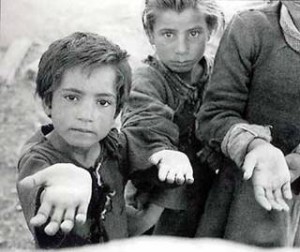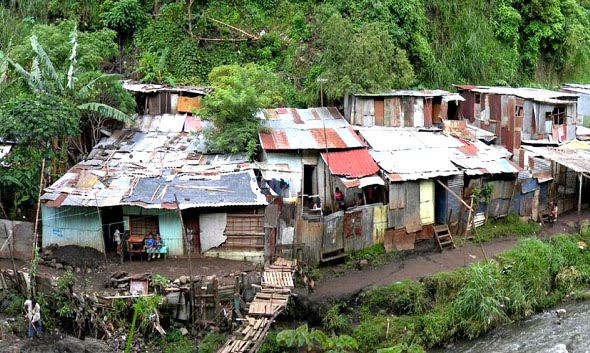Costa Rica News – Can a country enjoy a relatively high growth rate for a quarter of a century and still be unable to reduce its poverty rate? That’s the case of my homeland, Costa Rica, which happens to have a critical presidential election on February 2.
 For over 25 years Costa Rica’s growth rate has averaged 4.7 percent a year – one of the highest in Latin America – and yet the country’s poverty rate has been stuck at around 20 percent since 1994. Even worse, Costa Rica is one out of only three Latin American countries where inequality has risen since 2000.
For over 25 years Costa Rica’s growth rate has averaged 4.7 percent a year – one of the highest in Latin America – and yet the country’s poverty rate has been stuck at around 20 percent since 1994. Even worse, Costa Rica is one out of only three Latin American countries where inequality has risen since 2000.
Today, I’ve published a study looking at some of the causes. Even though Costa Rica has undergone a substantial liberalization process since the mid-eighties, the country’s economic model is still in significant ways based on a mercantilist system that is biased in favor of certain sectors of the economy at the expense of the poor.
Growth without Poverty Reduction: The Case of Costa Rica
In the early 1980s, as was the case in much of Latin America, Costa Rica suffered its worst economic crisis in decades. Between 1980 and 1982 the economy contracted by 9.4 percent, and in 1982 average inflation reached 90.1 percent. In two years the proportion of the population living below the poverty line shot up by more than 20 percentage points to 54 percent. Multiple factors caused the crisis, including the exhaustion of the import-substitution model—a protectionist regime that aimed at replacing industrial imports with domestic production. Throughout the years this model encouraged the creation of numerous inefficient state-owned enterprises whose growing financial burden overwhelmed the government. By 1980 total public spending was 54 percent of GDP.
Read the rest of the paper here
By Juan Carlos Hidalgo, www.cato.org

